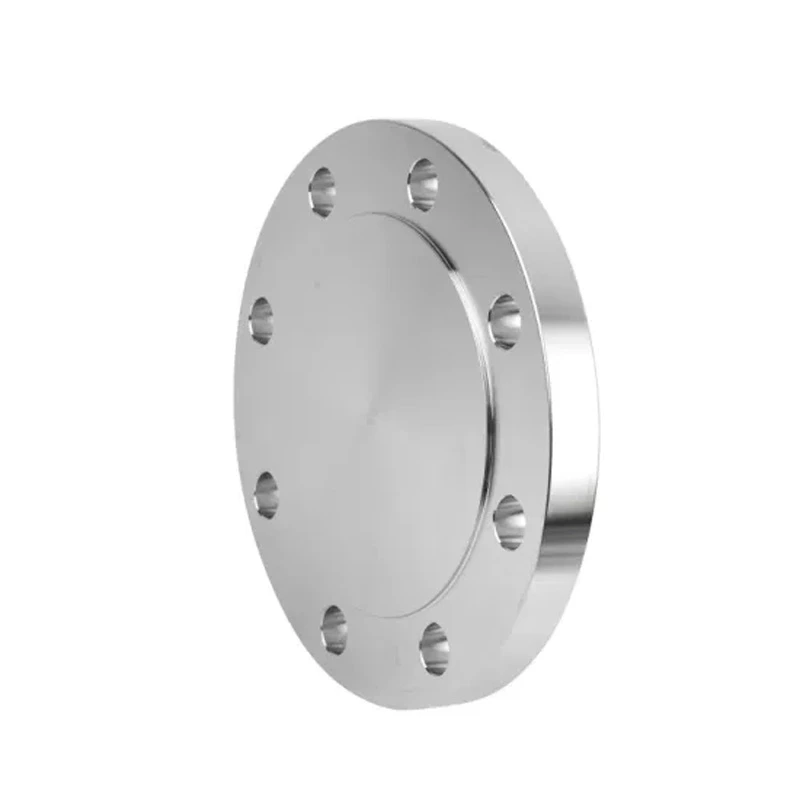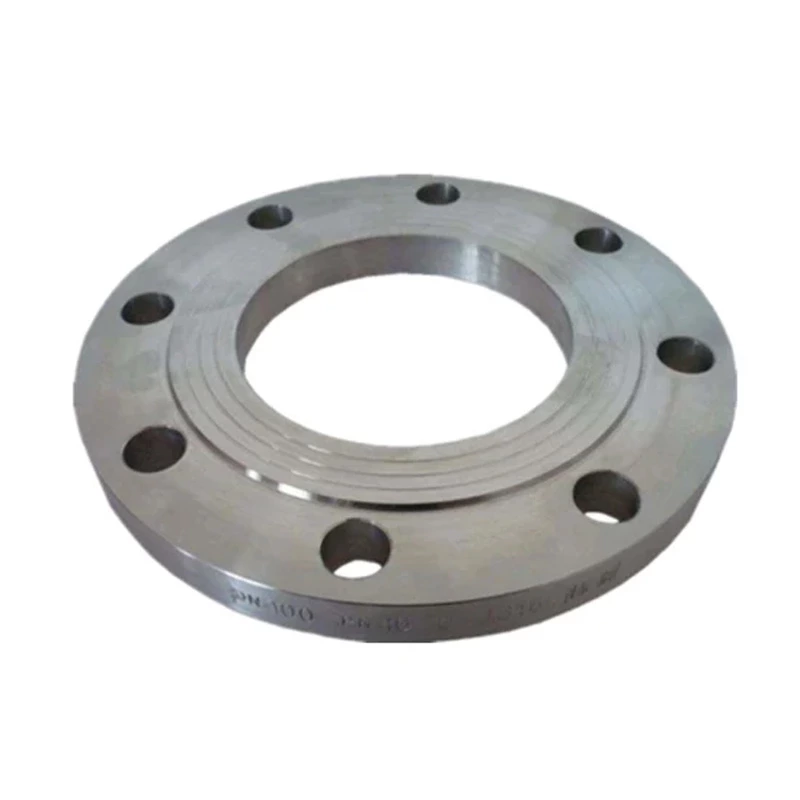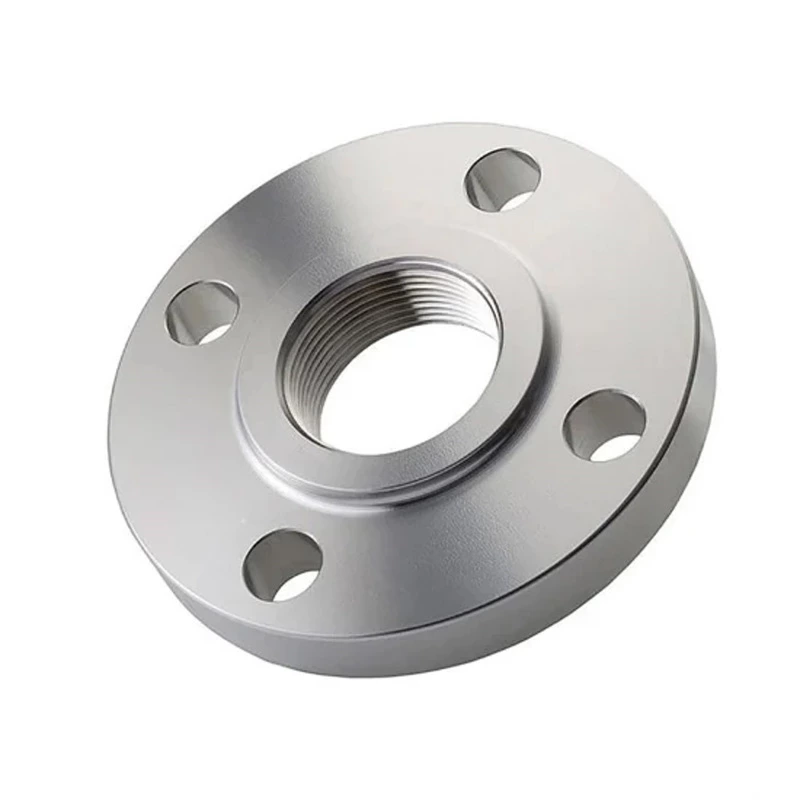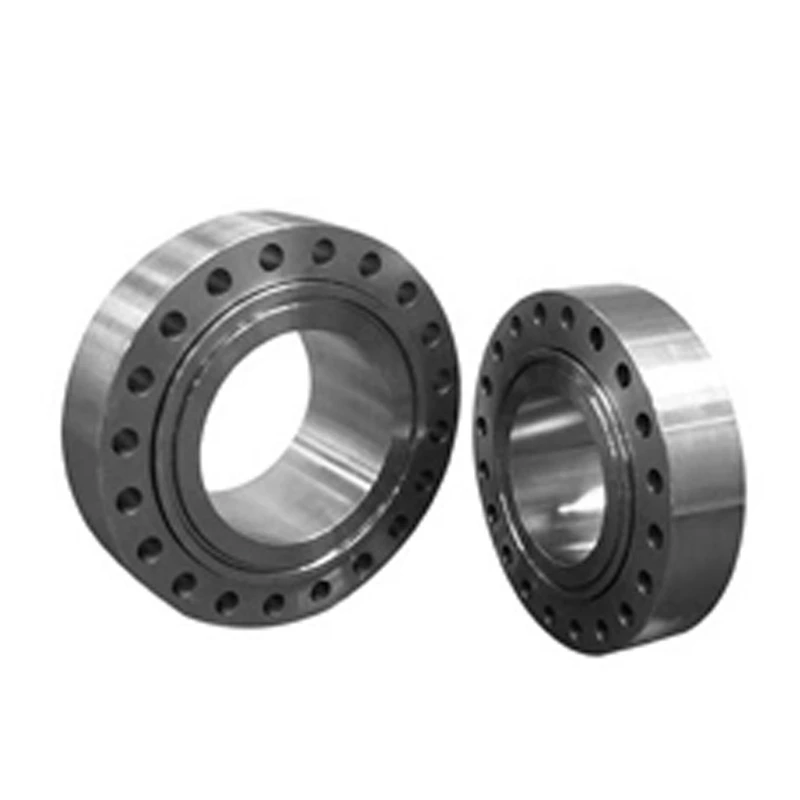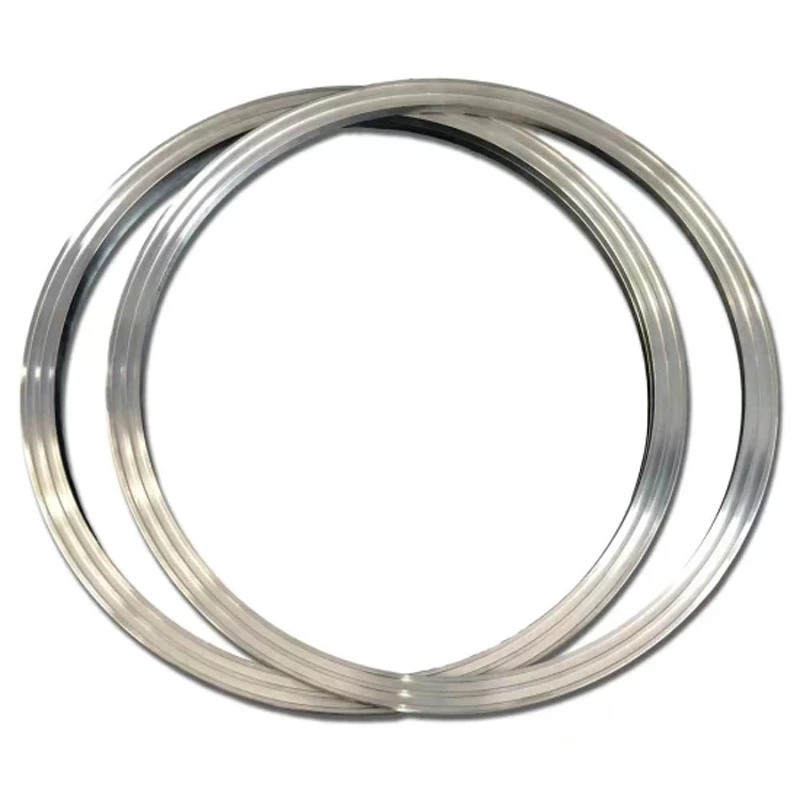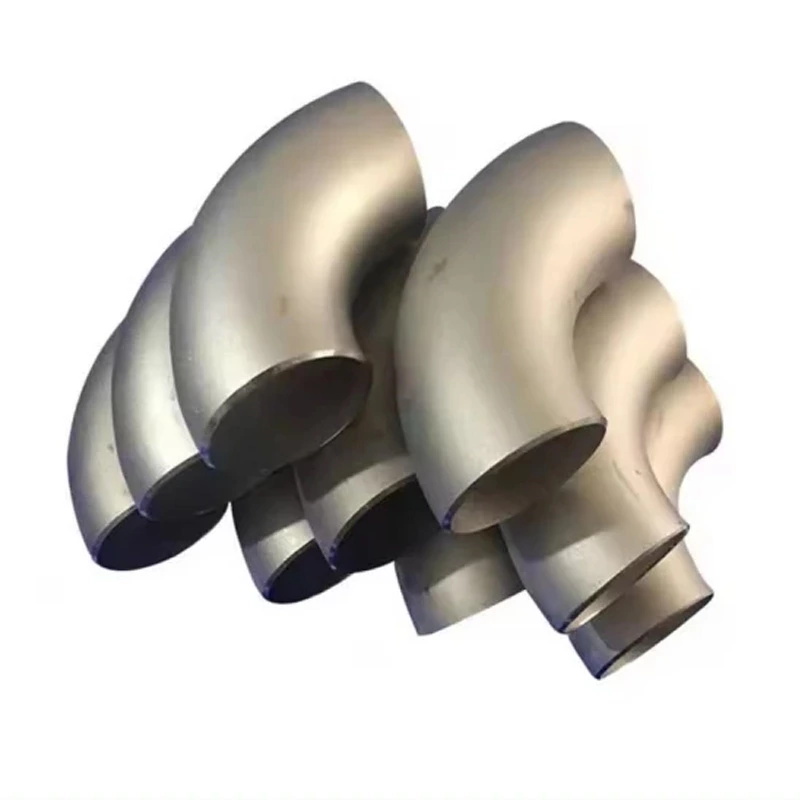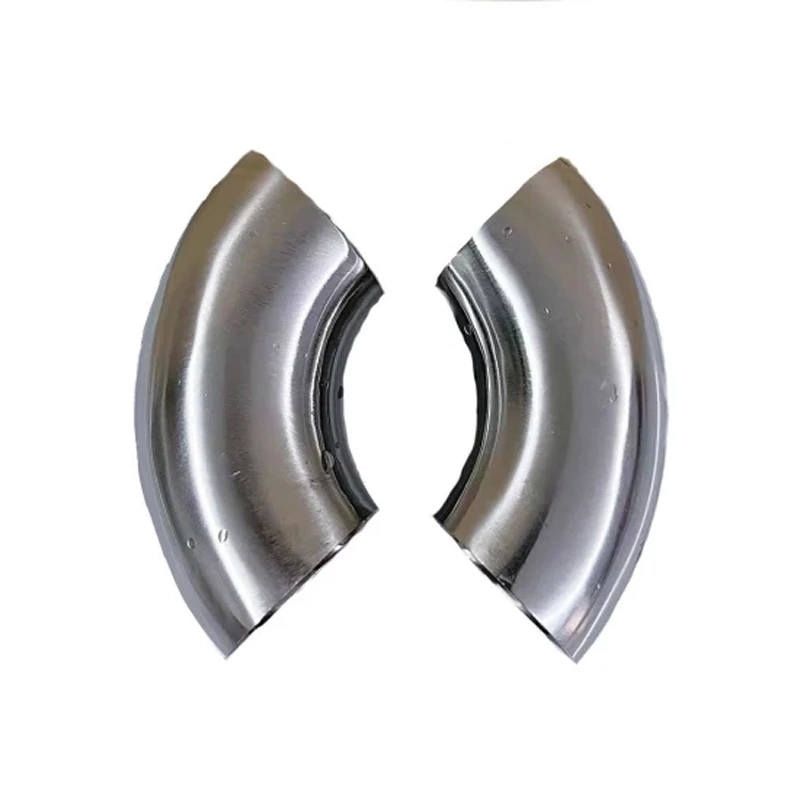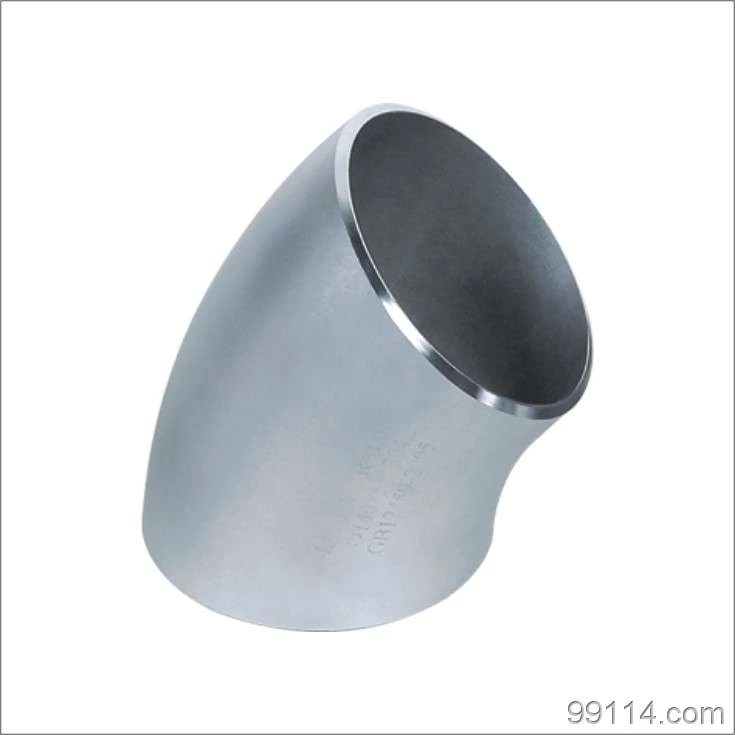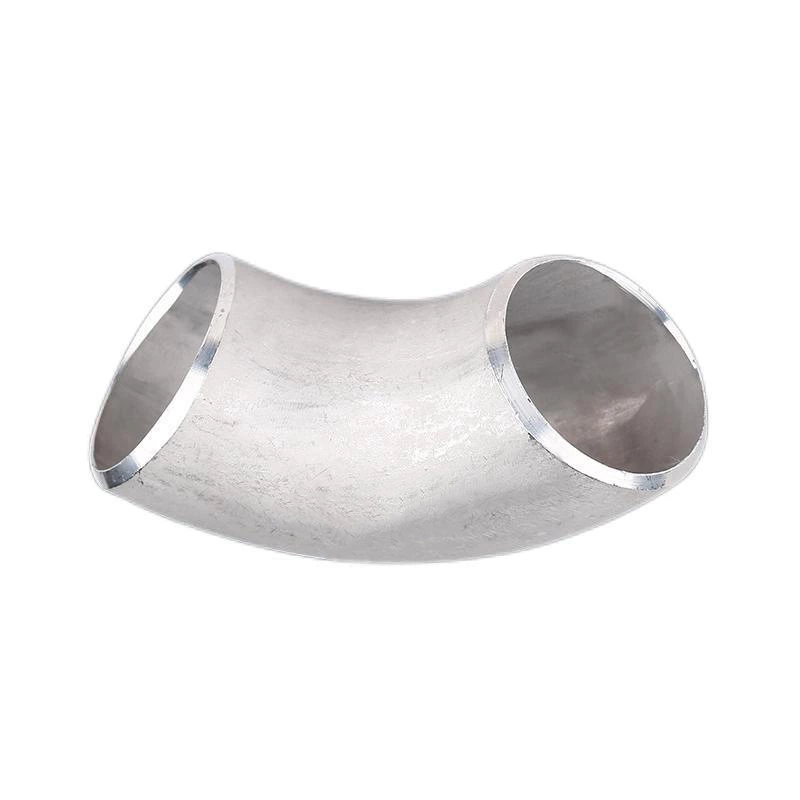Common Types Of Flanges And Basic Knowledge Of Forged Flanges
Common types of Stainless Steel Flange and basic knowledge of forged flanges
Loose flange: Loose flange is commonly known as slip-on flange, which is divided into welded ring slip-on flange, flanged slip-on flange and butt-welded slip-on flange.
Commonly used in situations where the medium temperature and pressure are not high but the medium is highly corrosive. When the medium is highly corrosive, the part of the flange that contacts the medium (flange short section) is made of corrosion-resistant high-grade materials such as stainless steel, while the outside is clamped with a flange ring of low-grade materials such as carbon steel to achieve sealing.
Butt-welded steel flange: used for butt welding of flanges and pipes, with a reasonable structure, high strength and rigidity, able to withstand high temperature and high pressure, repeated bending and temperature fluctuations, and reliable sealing.
Butt-welded flanges with a nominal pressure of 0.25-2.5Mpa use concave and convex sealing surfaces.
Integral flange: often the flange is made into one piece with equipment, pipes, valves, etc. This type is commonly used on equipment and valves.
Socket welding flange: commonly used in pipes with PN≤10.0Mpa, DN≤40.
Slip-on steel flange: suitable for connecting carbon steel pipes with a nominal pressure not exceeding 2.5Mpa. The sealing surface of the slip-on flange can be made into three types: smooth, concave and convex, and tongue and groove.
Smooth slip-on flanges are used the most and are mostly used in cases where the medium conditions are relatively mild, such as low-pressure non-purified compressed air and low-pressure circulating water. Its advantage is that the price is relatively cheap.
The Dingxiang flange forging process was invented and produced on the basis of cast steel process flanges, and its strength is much higher than that of cast steel flanges.
Flanges are parts that connect pipes to each other and are connected to the ends of pipes. There are holes on the forged flanges, and bolts connect the two flanges tightly. Gaskets are used to seal between the forged flanges. Forged flange pipe fittings (flanges or lands) refer to pipe fittings with forged flanges (flanges or lands). They can be cast, threaded or welded. Flange connections are composed of a pair of flanges, a gasket and several bolts and nuts. The gasket is placed between the sealing surfaces of the two flanges. After tightening the nuts, the specific pressure on the surface of the gasket is When a certain value is reached, it will deform and fill the uneven parts on the sealing surface, making the connection tight and leak-proof. Flange connection is a detachable connection. According to the connected parts, it can be divided into container flange and pipe flange. According to the structural type, there are integral flange, slip-on flange and threaded flange. Common integral flanges include flat welding flange and butt welding flange. Flat welding forged flange has poor rigidity and is generally suitable for occasions with pressure p≤4MPa. Butt welding flange is also called high neck flange. Its rigidity is also relatively large and is generally suitable for occasions with relatively high pressure and temperature.
There are three types of forged flange sealing surfaces: flat sealing surfaces, suitable for occasions with low pressure and non-toxic media, concave and convex sealing surfaces, suitable for occasions with slightly higher pressure, and tongue and groove sealing surfaces, suitable for flammable, explosive, toxic media and higher pressure. Gaskets are a kind of circular ring made of materials that can produce plastic deformation and have a certain strength. Most gaskets are cut from non-metallic plates or made by professional factories according to specified sizes. The materials are asbestos rubber sheets, asbestos sheets, polyethylene sheets, etc. There are also metal-clad gaskets made by wrapping non-metallic materials such as asbestos with thin metal plates (tinplate, stainless steel), and there is also a winding gasket made by winding thin steel strips and asbestos strips together. Ordinary rubber gaskets are suitable for occasions with temperatures as low as 120°C.
Asbestos rubber gaskets are suitable for water vapor temperatures below 450℃, oil temperatures below 350℃, and pressures below 5MPa. For general corrosive media, acid-resistant asbestos sheets are most commonly used. In high-pressure equipment and pipelines, lens-shaped or other shaped metal gaskets made of copper, aluminum, No. 10 steel, and stainless steel are used. The contact width between the high-pressure gasket and the sealing surface is very narrow (line contact), and the processing finish of the sealing surface and the gasket is relatively high. Forged flanges are generally divided into threaded (threaded) flanges and welded flanges. Low-pressure small diameters have threaded flanges, and high-pressure and low-pressure large diameters use welded flanges. The thickness of flanges of different pressures and the diameter and number of connecting bolts are different.
